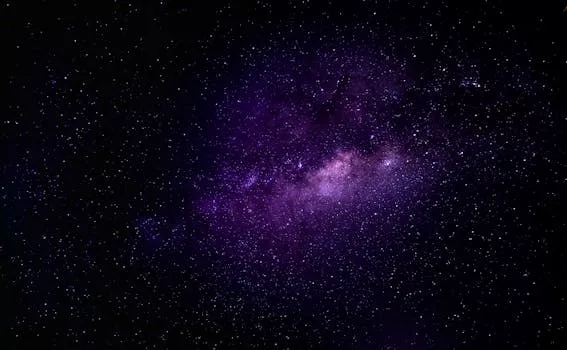
“
Beyond the Milky Way: Imagining New Worlds and Possibilities
Introduction to the Milky Way and Beyond
Beyond the Milky Way: Imagining New Worlds and Possibilities is an exciting topic that has captivated human imagination for centuries. The Milky Way, our home galaxy, is just one of the billions of galaxies in the observable universe. As we continue to explore and understand the vast expanse of space, we are drawn to the possibilities of new worlds and life forms beyond our galaxy.
The Milky Way is a barred spiral galaxy, consisting of hundreds of billions of stars, gas, and dust. It is estimated to be about 100,000 light-years in diameter and is thought to contain between 200 and 400 billion stars. Our solar system is located in one of the outer spiral arms of the galaxy, about 27,000 light-years from the center.
Exploring the Universe Beyond the Milky Way
As we look beyond the Milky Way, we enter the realm of intergalactic space, where galaxies are separated by vast distances. The nearest major galaxy to the Milky Way is Andromeda, which is about 2.5 million light-years away. The Andromeda Galaxy is similar in size and structure to the Milky Way and is approaching us at a speed of about 250,000 miles per hour.
Beyond the Andromeda Galaxy, we find a vast array of galaxy clusters and superclusters, which are held together by gravity. These structures are thought to be the largest in the universe, stretching over billions of light-years. The universe is also home to a variety of other celestial objects, including supernovae, black holes, and neutron stars.
Imagining New Worlds and Possibilities
As we explore the universe beyond the Milky Way, we are drawn to the possibilities of new worlds and life forms. The discovery of exoplanets, which are planets that orbit stars other than the Sun, has opened up new avenues for the search for life beyond Earth. Many of these exoplanets are thought to be located in the habitable zones of their respective stars, where conditions are suitable for life as we know it. This exciting research is detailed in From Stardust to Dreams: Imagining Life Beyond the Stars.
The search for life beyond Earth is an active area of research, with scientists using a variety of methods to detect signs of life, such as the presence of oxygen or methane in the atmospheres of exoplanets. While we have not yet found definitive evidence of extraterrestrial life, the possibility of life existing elsewhere in the universe is considered to be quite high.
Takeaways
In conclusion, the universe beyond the Milky Way is a vast and wondrous place, full of mysteries and possibilities. As we continue to explore and understand the universe, we are drawn to the possibilities of new worlds and life forms. The search for life beyond Earth is an exciting and ongoing area of research, with the potential to revolutionize our understanding of the universe and our place within it.
Some key takeaways from this article include:
- The Milky Way is just one of the billions of galaxies in the observable universe.
- The universe is home to a vast array of celestial objects, including galaxies, galaxy clusters, supernovae, black holes, and neutron stars.
- The discovery of exoplanets has opened up new avenues for the search for life beyond Earth, as explored in Beyond Stars: Where Imagination Takes Flight.
- The search for life beyond Earth is an active area of research, with scientists using a variety of methods to detect signs of life.






